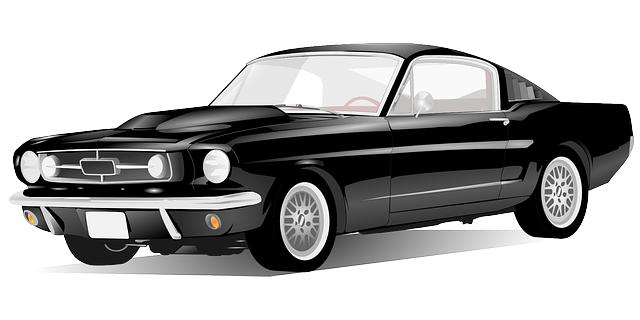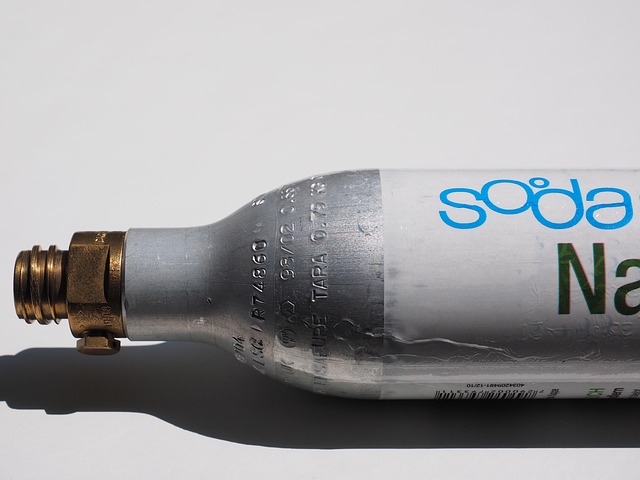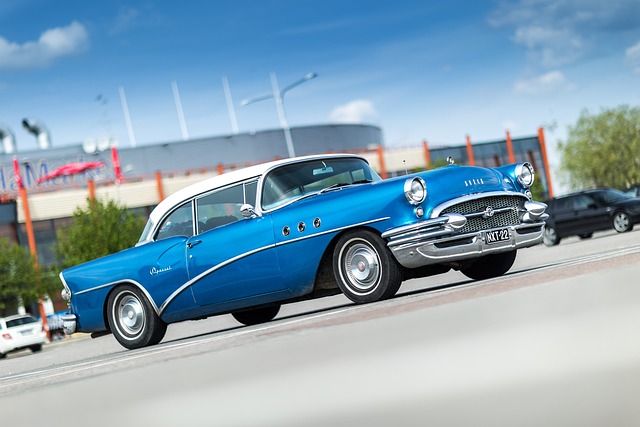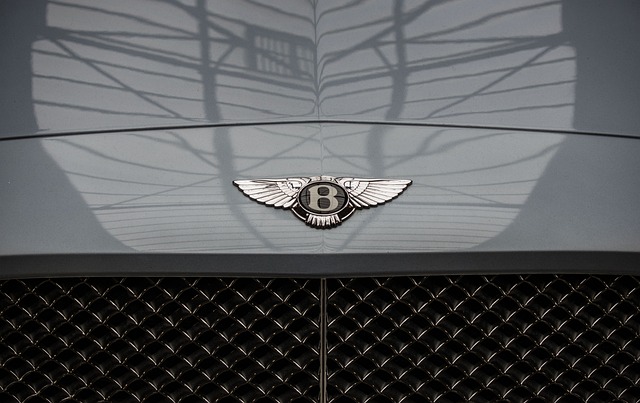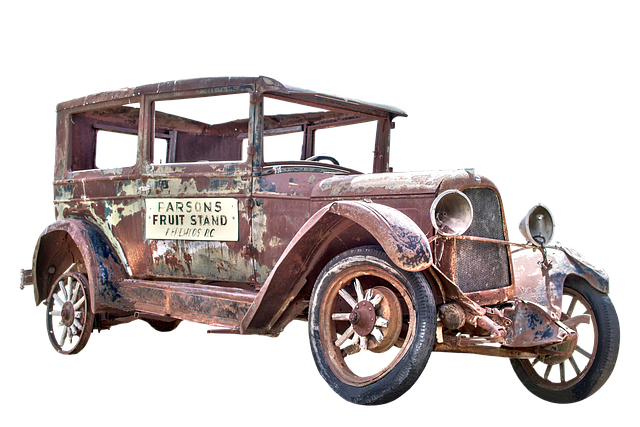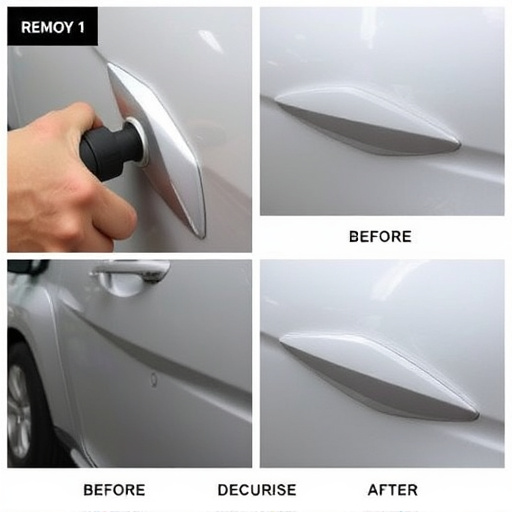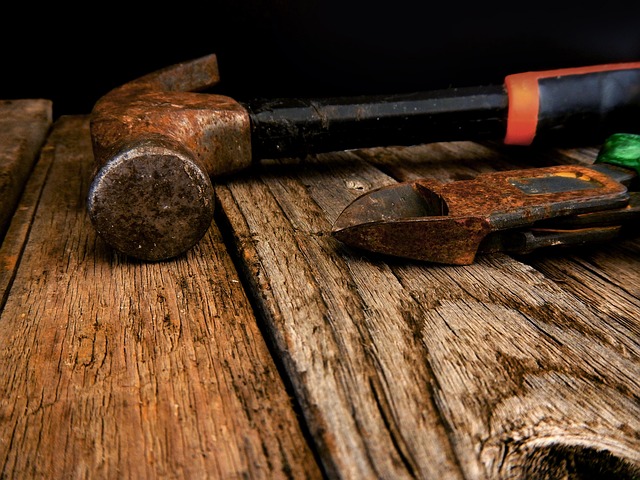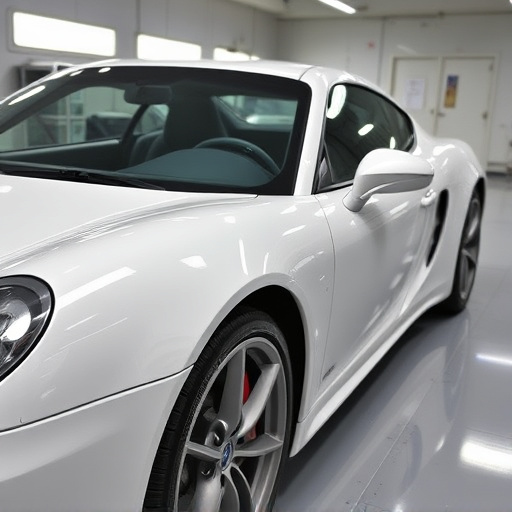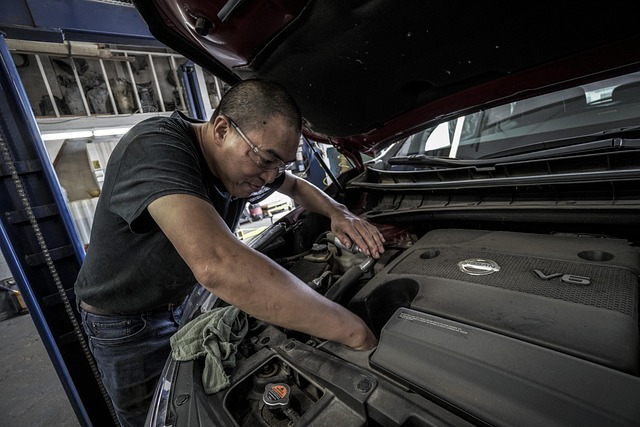Car frame damage, from accidents or environmental factors, requires specialized repair techniques. Modern methods like paintless dent repair and advanced frame straightening minimize part replacement. Technological advancements, including robotic welding and CAD software with 3D printing, offer precise, efficient repairs, preserving vehicle aesthetics and resale value. These innovations drive the car frame damage repair industry forward.
Car frame damage, a common issue in modern vehicles, requires careful attention and advanced repair techniques. This article explores the various options available for restoring structural integrity, focusing on understanding different types of frame damage and its causes. We delve into traditional methods versus innovative modern techniques, including emerging technologies that revolutionize car frame damage repair. By understanding these advancements, vehicle owners can make informed decisions for effective and efficient repairs.
- Understanding Car Frame Damage: Causes and Types
- Traditional vs Modern Repair Techniques
- Emerging Technologies for Advanced Frame Damage Restoration
Understanding Car Frame Damage: Causes and Types
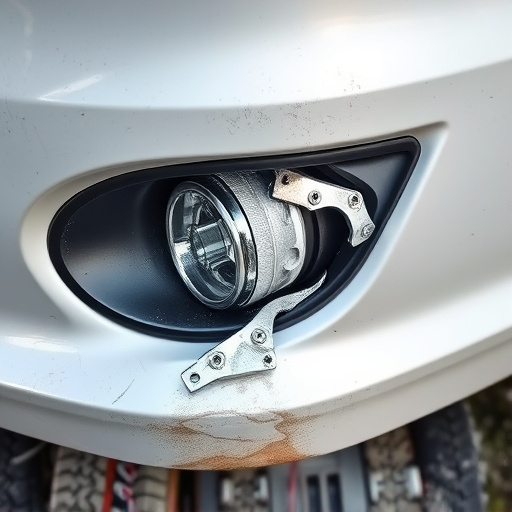
Car frame damage can occur due to various reasons, from minor fender benders to severe accidents or natural disasters. Understanding the types and causes of this damage is crucial when considering car frame damage repair options for modern vehicles. Frame damage can manifest in several ways, including dents, creases, twists, or even complete deformation. One common cause is impact during an accident, leading to bent or misaligned metal panels.
Another significant factor is rust, which can weaken the structural integrity of a vehicle’s frame over time, especially in regions with high humidity. Environmental factors like extreme weather conditions and exposure to salt (often used on roads for de-icing) can also contribute to frame corrosion. Modern vehicles designed with advanced safety features might have more intricate frame structures, making repairs more complex. Thankfully, various car frame damage repair techniques are available, such as paintless dent repair, which preserves the original factory finish through specialized tools and methods, or comprehensive frame straightening for severe cases, ensuring vehicle safety and aesthetics without extensive replacement parts.
Traditional vs Modern Repair Techniques
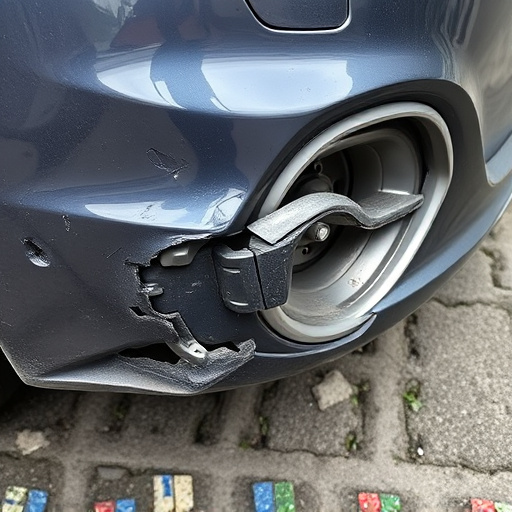
In the realm of car frame damage repair, traditional methods have long been the go-to option. Involving techniques like welding and straightening, these approaches are robust but often time-consuming and labor-intensive. With advancements in technology, modern repair techniques have emerged, offering a more efficient and precise alternative. Automated systems, such as robotic welding, streamline the process, reducing human error and minimizing the need for extensive metal shaping.
Modern car frame damage repair leverages advanced tools and materials, including specialized adhesives and computer-aided design (CAD) software. These innovations enable auto body shops to achieve seamless car body restoration, aligning panels with unparalleled accuracy. Unlike conventional methods that might leave visible evidence of repairs, modern techniques often result in virtually invisible mendings, preserving the vehicle’s original aesthetic appeal. This not only enhances the overall look but also maintains the car’s resale value, making it a preferred choice for both professional auto body shops and discerning car owners alike.
Emerging Technologies for Advanced Frame Damage Restoration

The landscape of car frame damage repair has evolved significantly with emerging technologies, offering advanced solutions for modern vehicles. One such innovation is the use of robotic welding systems that enhance precision and efficiency during the restoration process. These robots can perform complex welds with consistent accuracy, reducing the time and labor required to fix frame damage.
Additionally, computer-aided design (CAD) software plays a pivotal role in vehicle collision repair. It allows body shop services to accurately measure and map out the damaged areas, ensuring precise replacement parts and restoring the vehicle’s structural integrity. This technology, coupled with 3D printing capabilities, enables the creation of customized components, enhancing the overall quality of car frame damage repair and providing more options for complex restoration tasks in vehicle body repair.
In today’s world of advanced automotive technology, repairing car frame damage has evolved significantly. From understanding the various causes and types of frame damage to embracing modern repair techniques and emerging technologies, there are numerous options available for effective restoration. By combining traditional expertise with innovative solutions, professionals can ensure that modern vehicles are restored to their original structural integrity, providing safety, reliability, and peace of mind for drivers. Thus, the future of car frame damage repair looks promising, offering efficient and sustainable solutions for a wide range of vehicle types.
